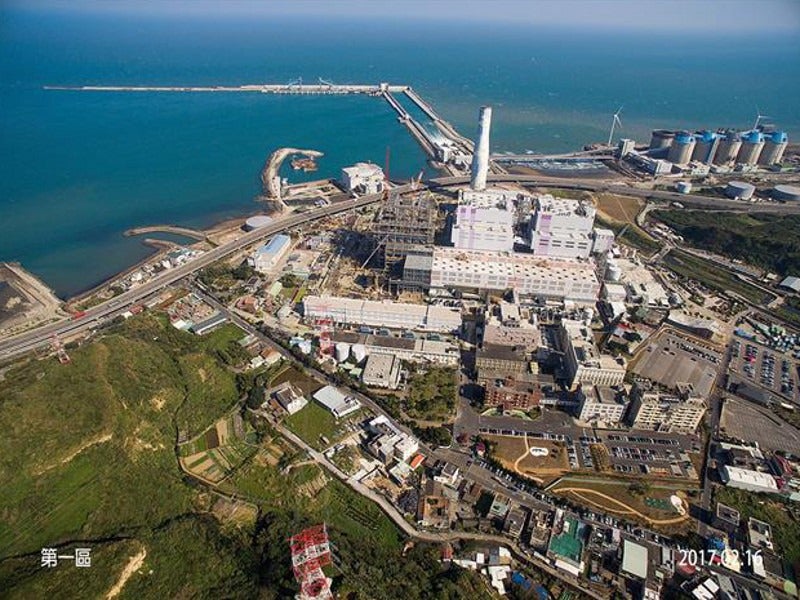The Linkou power plant located near the city of New Taipei, Taiwan, is being converted in to an ultra-supercritical coal-fired power station, as part of a NT$152.5bn ($4.9bn) expansion project initiated in 2011.
The project is owned and operated by Taiwan Power Company (Taipower), in which the Taiwan government holds 96.92% interest, while the remaining 3.08% interest is held by private owners.
The Linkou power plant expansion project involves replacement of the existing three 300MW units and commissioning of three ultra-supercritical units of 800MW each.
The first two ultra-super critical units started commercial operations in October 2016 and March 2017, respectively, while the third unit is expected to be commissioned by July 2019.
The Linkou power plant is expected to offset 1.08 million tons (Mt) of carbon emissions a year, when all the three ultra-supercritical units are brought into operation.
Linkou power project expansion location and background
The Linkou power plant expansion is located approximately 20km west of the city of Taipei in the Linkou district in northern Taiwan. Spread over an area of 52.8ha, the project is well connected with all major towns nearby.
Construction of the Linkou power plant began in August 1965 and the first 300MW coal-fired unit was commissioned in July 1968. The second 300MW unit was commissioned in 1972, increasing the total installed capacity to 600MW. The third 300MW unit was commissioned in 1998.
Linkou ultra-supercritical power plant details
Blended bituminous coal and sub-bituminous coal will be used as fuel at the revamped Linkou power project.
The refurbishment project involves replacing the existing units with three 600°C high-efficiency ultra-supercritical boilers and turbines.
The single-axis steam turbine will have a rotational speed of 3,600rpm, while the once-through boiler is expected to have a main stream flow of 2,400 tons per hour (tph). The pulverizer unit of the boiler features Xwin milling technology, which provides greater wear resistance.
With a rated capacity of 1,039MVA, the hydrogen-cooled generator will operate at a frequency of 60Hz.
Associated infrastructure involves the construction of a dedicated unloading terminal and tubular coal bunkers along the coastline to store the transported coal.
Each unit will also feature selective catalytic reduction (SCR) system, particulate removal system, and flue gas desulfurization system for high efficiency and low-emission power generation.
Artificial Intelligence (AI) system for Linkou power plant boilers
MHPS has installed artificial intelligence (AI) system in the second unit in order to perform automatic combustion tuning of the boiler. The company further proposes to improve the AI technology and implement it in the third unit.
Contractors involved
Taipower engaged the consortium of CTCI and Mitsubishi Corporation (MC) for providing three 800MW coal-fired USC power generation units in 2011.
CTCI is responsible for the power and balance-of-plant (BOP) works as well as the instrument control design (ICD) system, while Mitsubishi Hitachi Power System (MHPS) is providing its distributed control & data acquisition system (DCDAS) for the project.
The CTCI-MC consortium sub-contracted GE for the supply of air quality control system (AQCS) for the project, while Clyde Bergemann was engaged for providing the ash handling system.
BEC is responsible for the design and build of the chimney. Veolia was sub-contracted for the demineralized water treatment system, while Severn Trent De Nora is responsible for the seawater electrolysis system.





